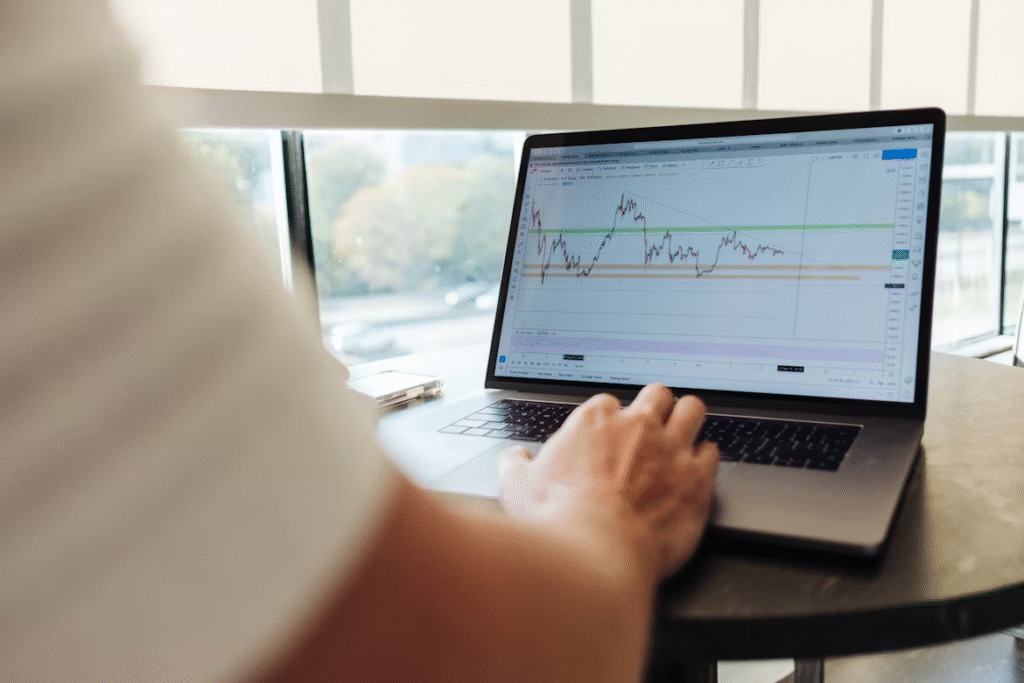How Short- and Long-Term Goals Influence Trading Decisions
How Short- and Long-Term Goals Influence Trading Decisions

There are two types of traders. The first is known as the short-term trader – the traders focused on capitalising on small price movements within a day or over weeks. The second is the long-term trader – the traders holding onto assets for months or potentially even years.
If you’re thinking about entering into the trading-verse, then, you’re going to have to pick a side. While both traders can be involved in the same market, of course, they will each have entirely different tactics, so it’s your goals that are going to be influencing your trading decisions and determining which strategies you end up using.
Short-Term Trading
If you’re wondering how this is the case, it’s actually very simple. Let’s look at swing trading as an example. If you’re swing trading, that means you’re aiming to capture price movements over a few days to a couple of weeks, with the goal to identify stocks or assets that are about to ‘swing’ up or down, and then enter a position to take advantage of that movement. This requires analysing charts closely to spot trends, support and resistance levels, and technical indicators that suggest a change in momentum.
And we mean constantly analysing them. Because swing trading operates on a short timeframe, it demands constant monitoring and quick decision-making, as well as a solid risk management plan if the trade doesn’t go your way.
If you’re not there to keep a close eye on the market or respond quickly, you could risk significant losses, which could even result in wiping out a large portion of your trading capital – and the same goes for numerous other short-term trading techniques, including day trading, scalping, and range trading.
Long-Term Trading
Long-term trading, on the other hand, is a little more patient and strategic. Let’s look at buy-and-hold investing as an example for this one. If you’re a buy-and-hold trader, that means you’re purchasing stocks or assets with the intention of holding them over months or years, regardless of short-term market fluctuations.
The idea here is to benefit from the overall growth and compounding value of your investments over time, rather than trying to ‘play the market’ and time every upswing or downturn. This means paying more attention to your assets, however, and how they might perform.
As a swing trader, you’re not going to be too worried about the day-to-day financial health of a company – your focus will remain entirely on price movements, technical indicators, and market sentiment. As a buy-and-hold trader, though, it’s all about researching a company, digging into earnings, management strength, and the overall industry outlook to determine if it’s worth holding.
In a way, you’re forming more of a relationship in that company. You’re recognising that they have all the attributes necessary to grow, and you’re backing them to survive the market’s inevitable ups and downs. This mindset, then, is less about reacting to daily noise and more about staying committed to well-researched investments that have strong potential in the long run.
Short and Long-Term Goals
Your goals will fall in line with both of these trading types. If you’re looking to build quick capital, whether that’s to help afford a mortgage or cover business expenses, short-term trading is going to be the way to go, as this approach can generate profits within just a few hours or days.
On the other hand, if your goal is to grow wealth steadily over time – perhaps for building a nest egg – then long-term trading is going to be the better fit.
To decide what kind of trader you want to become, it’s important to determine those financial goals right from the outset, along with your risk tolerance and time commitment, which will shed light on which strategy you can feasibly work with. If you don’t do this, then you’ll never know if you’re actually set up for success, or if you’re jumping into a trading style that’s going to leave you disappointed – or worse, lead to significant financial losses. So take your time and think about what you want to achieve both now and in the future!




